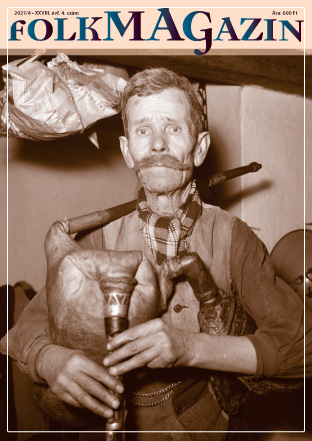Articles by Initial Letters
Kis magyar néprajz a rádióban (8.)
A had és nemzetség; A székely nemzetség
- Issue: 2021/4
- Starting page: 35
- Serie: Tallózó
- Author: Sárkány Mihály , Szabó Piroska
- =>
Old writings still relevant today – P. Vas János’ column. More selections from from „Kis magyar néprajz a rádióban” [A bit of ethnography for the radio]. Minerva. Budapest, 1978. Two pieces discussing the Hungarian words „had” (army, forces, troops, war, host, crowd, band pack) and „nemzetség” (family, clan, kin). ’ Nemzetség’ in peasant life meant the system of family relations – meaning blood relations on the father’s side, including ancestors already dead and those still alive. While the expression ’nemzetség’ meant a system of family relations, the word ’had’ meant a group of relatives and was used as such particularly in Heves, Borsod, Szolnok, Hajdú and Szabolcs counties. Girls until marriage belong to their father’s clan; from the wedding on they belong to the husband’s. By Szabó Piroska. The Székely Clans. Research done amongst families of Székely Hungarians from Hadikfalva/Dornești (Bukovina) showed that clans were comprised of seven generations from the point of view of one person. Three ascending generations and three descending generations. The elders of the clans of the village would meet from time to time to discuss important matters of the village. The patrilinear clan is the structure that has functioned over the centuries since the arrival of the Hungarian tribes to the Carpathian Basin. By Sárkány Mihály.





